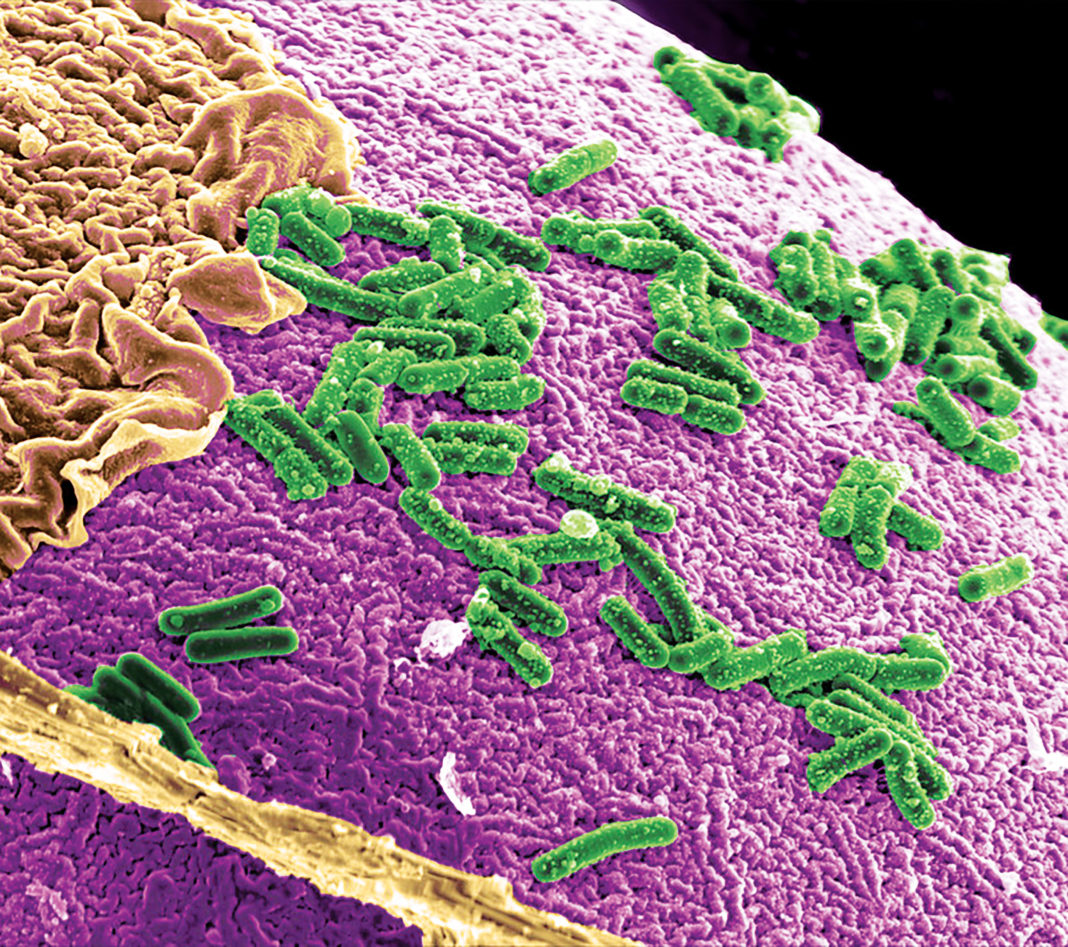Plant pigments called flavonoids are found in berries, apples, pears, tea, chocolate, and red wine. Recent research published in the journal Hypertension claims food rich in flavonoids affect the microbial abundance and diversity in our guts, particularly of a class of microbes called Parabacteroides—one of the most predominant bacteria in human intestines. Parabacteroides, the study showed, mediate the systolic blood-pressure-lowering effect of flavonoids.
The findings, based on 16S ribosomal RNA sequencing of the gut microbiome, are published in the article: “Microbial Diversity and Abundance of Parabacteroides Mediate the Associations Between Higher Intake of Flavonoid-Rich Foods and Lower Blood Pressure.”
“Our gut microbiome plays a key role in metabolizing flavonoids to enhance their cardioprotective effects, and this study provides evidence to suggest these blood-pressure-lowering effects are achievable with simple changes to the daily diet,” said Aedín Cassidy, PhD, chair and professor in nutrition and preventive medicine at the Institute for Global Food Security at Queen’s University in Belfast, Northern Ireland, and lead investigator of the study.
Cardiovascular disease is the leading cause of death worldwide. Earlier studies have found links between gut microbiota and cardiovascular disease. But what exactly in the gut microbiota affects cardiovascular health, and how, has not been easy to pinpoint despite reported differences in gut microbial compositions between cohorts with and without cardiovascular disease, since the gut microbiota varies markedly between individuals due to a variety of factors.
Recent research indicates flavonoids may reduce the risk for heart disease. To explore the mechanism underlying these observations, researchers in the current study asked whether the gut microbiome plays a role in flavonoid’s effect on cardiovascular health. They examined the link between flavonoid-rich foods, systolic and diastolic blood pressure levels, and gut microbiome diversity. They also explored the degree of variability of the gut microbiome that could explain the association between intake of flavonoid-rich foods and blood pressure.
The study was conducted on 904 adults between the ages of 25 and 82; 57% were men from Northern Germany. The researchers evaluated their food consumption, gut microbiome, blood pressure levels, and other clinical and molecular measures at regular intervals.
The scientists measured the abundance and diversity of the gut microbiome by sequencing bacterial DNA extracted from stool samples. Blood pressure levels were measured after overnight fasting. Researchers also collected demographic and lifestyle information, such as sex, age, smoking habits, medication use, physical activity, family history of coronary artery disease, daily calorie consumption, fiber intake, height, weight, and body mass index.
Based on their analyses, the researchers concluded that participants with the highest intake of flavonoid-rich foods have lower systolic blood pressure levels and greater gut microbial diversity than participants who consumed the lowest levels of flavonoid-rich foods. Up to 15.2% of the association between flavonoid-rich foods and systolic blood pressure can be explained by the diversity found in gut microbiomes.
An average reduction of 4.1 mm Hg in the systolic blood, the authors concluded, is linked to eating 128 g or nearly two cups of berries a day, with 12% of this link due to the gut microbiome.
“Our findings indicate future trials should look at participants according to metabolic profile in order to more accurately study the roles of metabolism and the gut microbiome in regulating the effects of flavonoids on blood pressure,” said Cassidy. “A better understanding of the highly individual variability of flavonoid metabolism could very well explain why some people have greater cardiovascular protection benefits from flavonoid-rich foods than others.”



